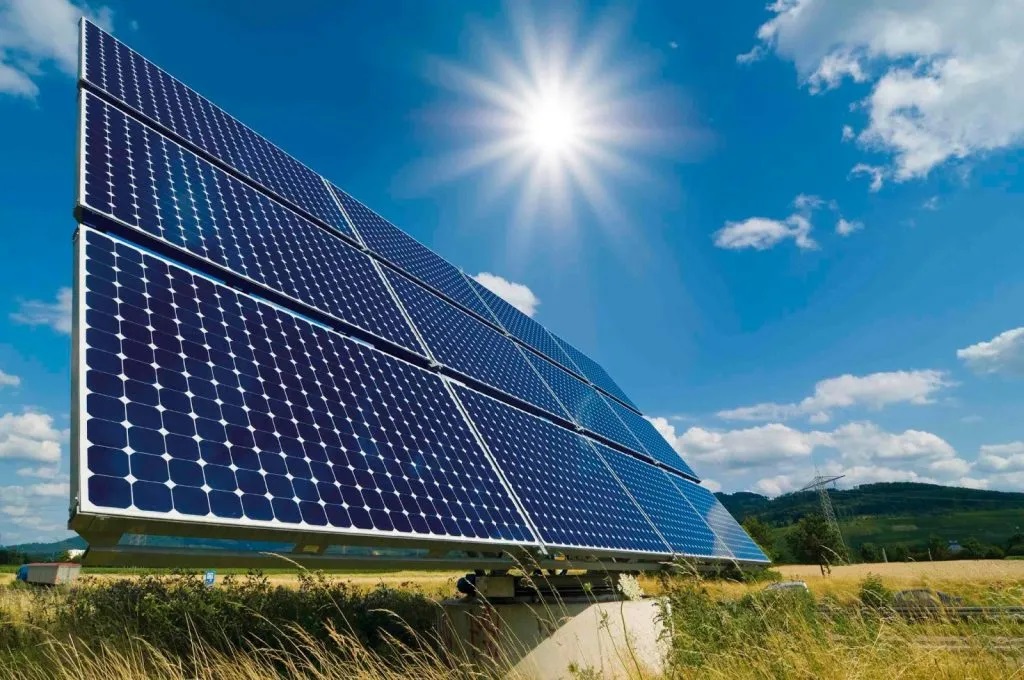Converting solar energy into electrical energy and storing it involves several methods. Here are the primary steps involved.
- Solar Photovoltaic (PV) Cells: Solar PV cells, commonly known as solar panels, convert sunlight directly into electricity through the photovoltaic effect. When sunlight hits the semiconductor material within the solar cells, it generates an electric current. This direct conversion of sunlight into electricity is the foundation of solar power generation.
- Inverters: The electricity produced by solar panels is typically in direct current (DC) form, but most household appliances and the grid operate on alternating current (AC). Inverters are used to convert the DC electricity generated by solar panels into AC electricity that can be used to power appliances or fed into the electrical grid.
- Charge Controllers: Charge controllers are essential components in solar power systems with batteries. They regulate the voltage and current coming from the solar panels to ensure the batteries are charged safely and efficiently. Charge controllers prevent overcharging and excessive discharge of batteries, which can prolong their lifespan.
- Battery Storage: Batteries are used to store excess electricity generated by solar panels for use during periods of low sunlight or when the grid is down. Various types of batteries can be used for solar energy storage, including lead-acid batteries, lithium-ion batteries, and flow batteries. These batteries store the electricity in chemical form and release it as needed.
- Net Metering/Grid Tie-In: In grid-tied solar systems without battery storage, excess electricity generated by solar panels can be fed back into the grid. This is typically done through a net metering arrangement, where the electricity meter tracks both the electricity consumed from the grid and the excess electricity exported to the grid. In some cases, users receive credits for the excess electricity they provide to the grid, which can offset their electricity bills.
- Off-Grid Systems: In off-grid solar power systems, where there is no connection to the electrical grid, batteries play a crucial role in storing solar energy for use when sunlight is unavailable. These systems are common in remote locations where grid access is limited or unreliable.
By combining these methods, solar energy can be effectively converted into electrical energy and stored for use whenever needed, providing a reliable and sustainable source of power.


